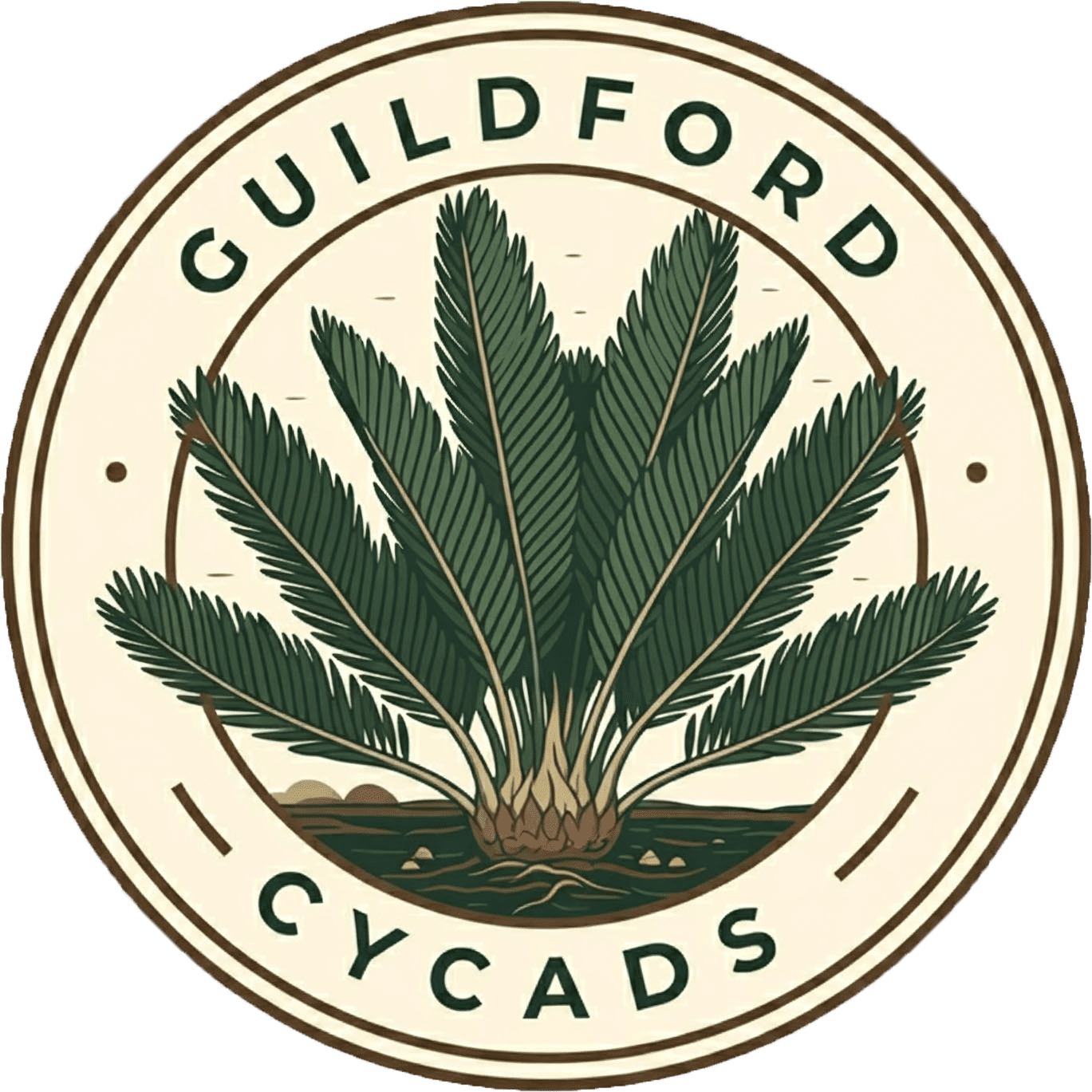Phillips and colleagues have found that an orchid may be using some sophisticated chemistry to sexually entice male wasps. What is surprising is that the plant isn’t producing sex pheromones. Instead it produces pro-pheromones, what you get before pheromones. And the result is very potent.
The Cryptostylis ovata orchid produces chemicals called alkenes, which do not attract the wasps. But these are unusual alkenes, with double-bonds on even number carbon atoms. That allows these chemicals to break down when oxidised into very specific aldehydes. These have a very different effect.
When male Lissopimpla excelsa wasps get a whiff of these aldehydes, they go mad with lust. Even though these aldehydes are only at one thousandth of the concentration of the alkenes. With this smell in the air, around a third of male wasps attempted to copulate with the plant.
Cryptostylis represents an extreme amongst sexually deceptive plants as one of only two confirmed cases (the other being the beetle-pollinated Disa forficaria) where flowers induce ejaculation by some male pollinators.

The botanists tested wasp reactions by using 3D printed models of Cryptostylis ovata flower to conduct their experiments. They printed the flowers in red, to mimic the red colour of the real flowers, and the female Lissopimpla excelsa wasps.
It also seems that by using pro-pheromones instead of pheromones, the plants may be mimicking insects. Phillips and colleagues note that flies, cockroaches and wasps have all been found to use pro-pheromones as well as pheromones. This has importance when testing for attractants.
The authors argue that aldehydes work at very low concentrations, so may go undetected in routine analyses. These alkenes provide something new to look for as a clue to sexual attraction. As all Cryptostylis attract the same pollinator, the same process may work for other species in the genus too.
It also raises the possibility that botanists should be looking for pro-pheromone mimickry in other plants. It may be a surprisingly common tool that plants use to manipulate their pollinatos. Sexual attraction might be betrayed not by the critical chemicals themselves, but what comes before.
Phillips, R.D., van Kints, S., Ong, B., Weinstein, A.M., Peakall, R., Flematti, G.R., & Bohman, B. (2025). Pollination by sexual deception via pro-pheromone mimicry? New Phytologist, https://doi.org/phng (FREE)
Cross-posted to Bluesky & Mastodon.
Cover: Cryptostylis ovata. Kevin Thiele / Wikimedia Commons
The post The Secret of a Plant’s Sexual Attraction Is Betrayed by the Shadow of Its Scent appeared first on Botany One.
